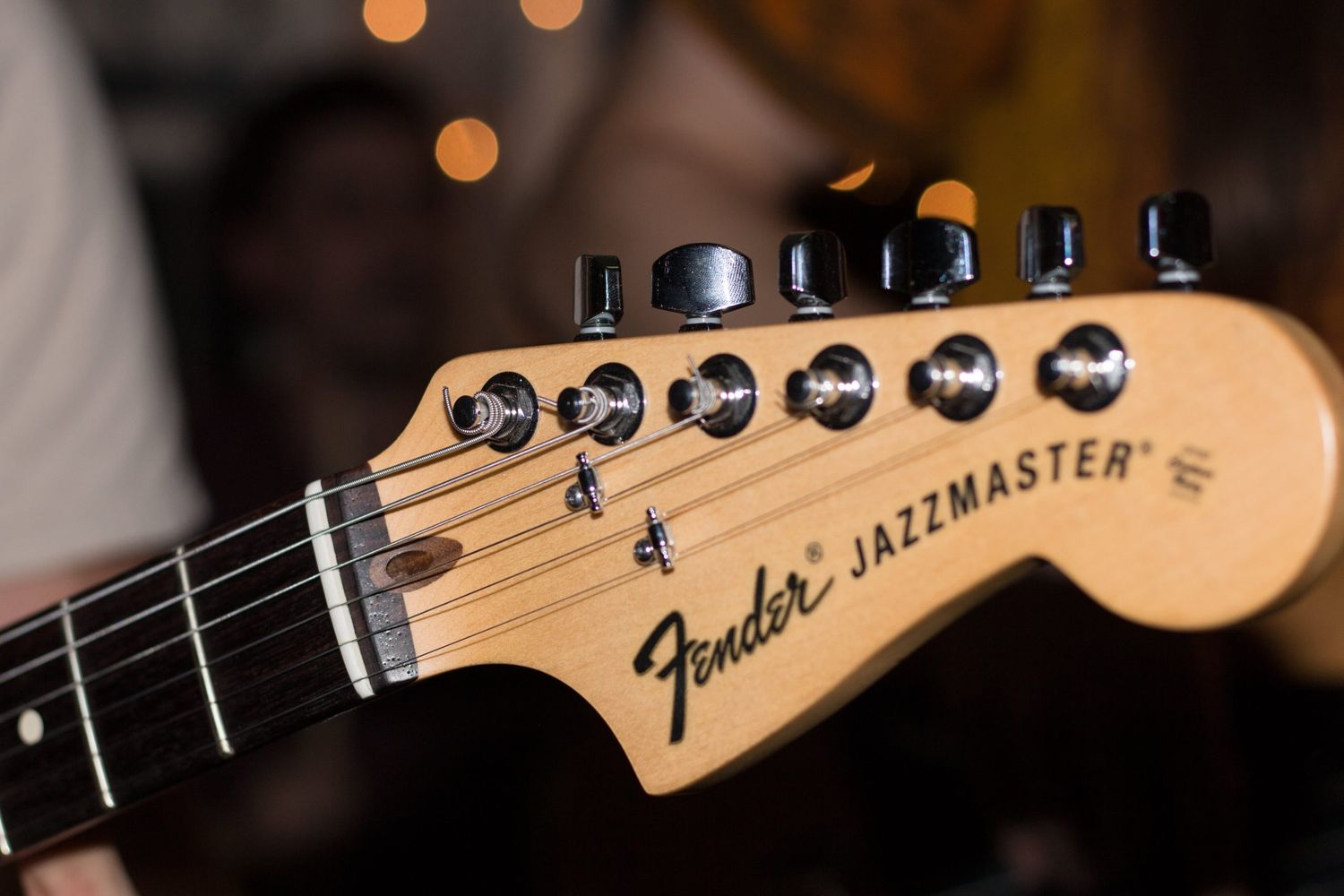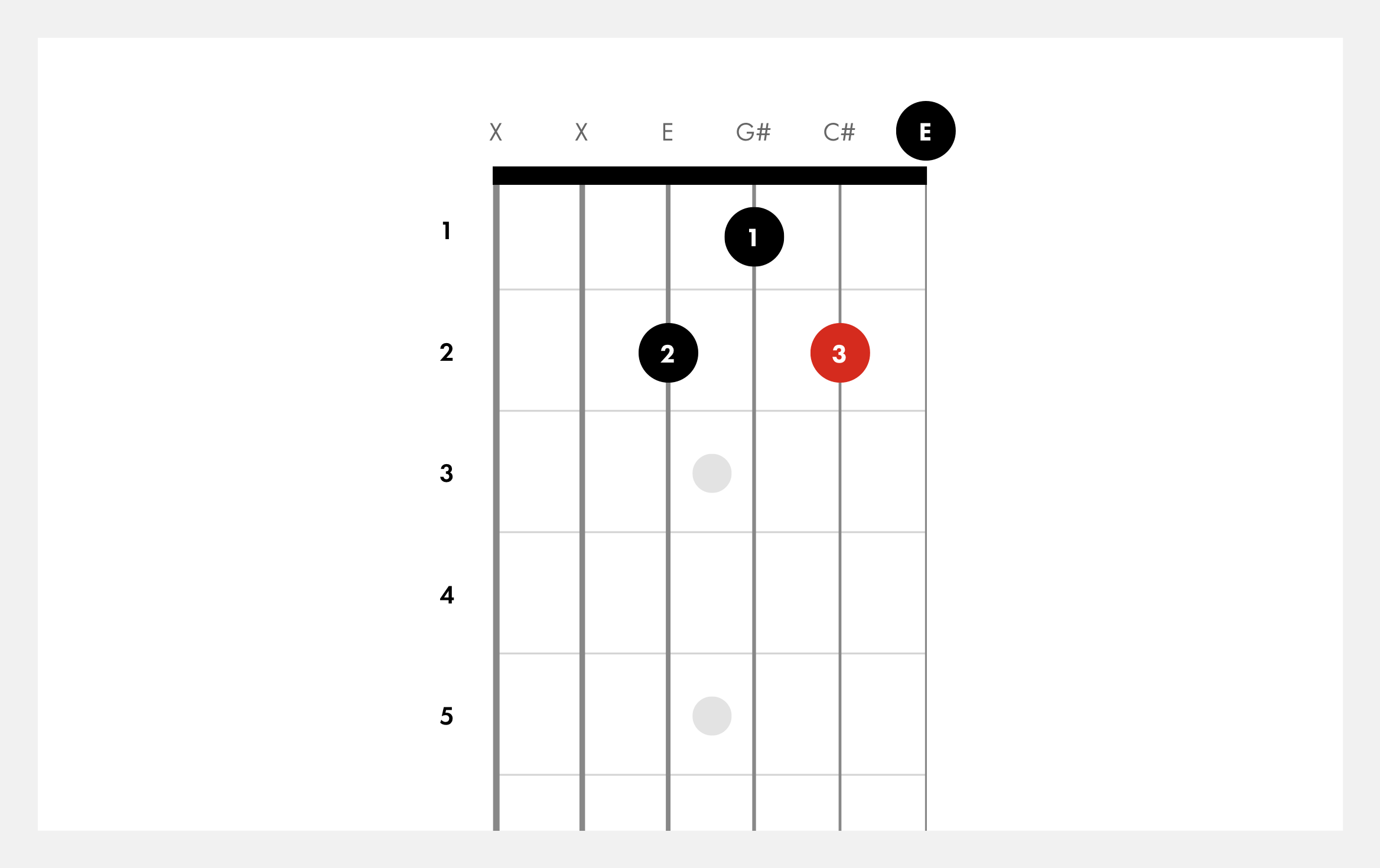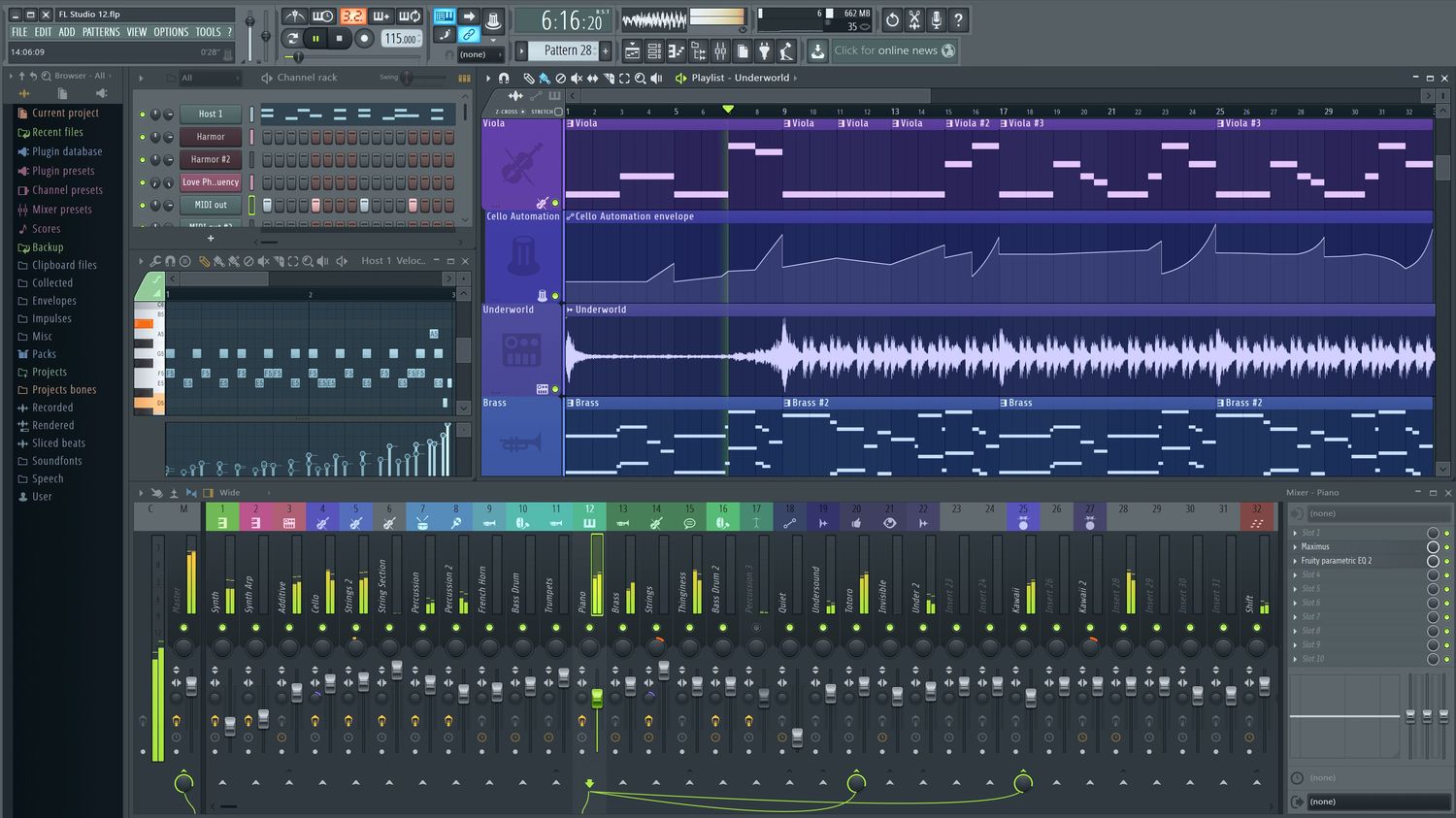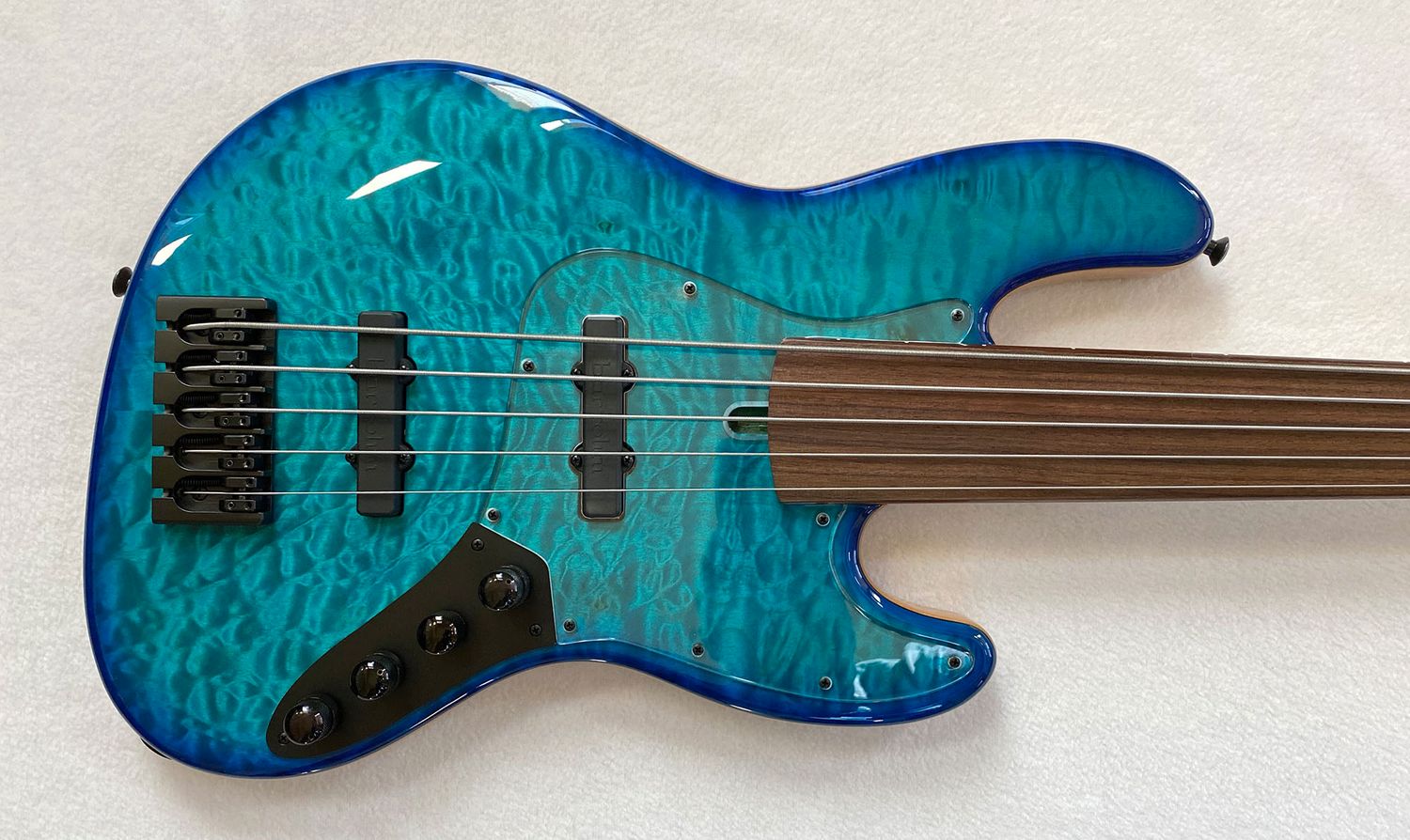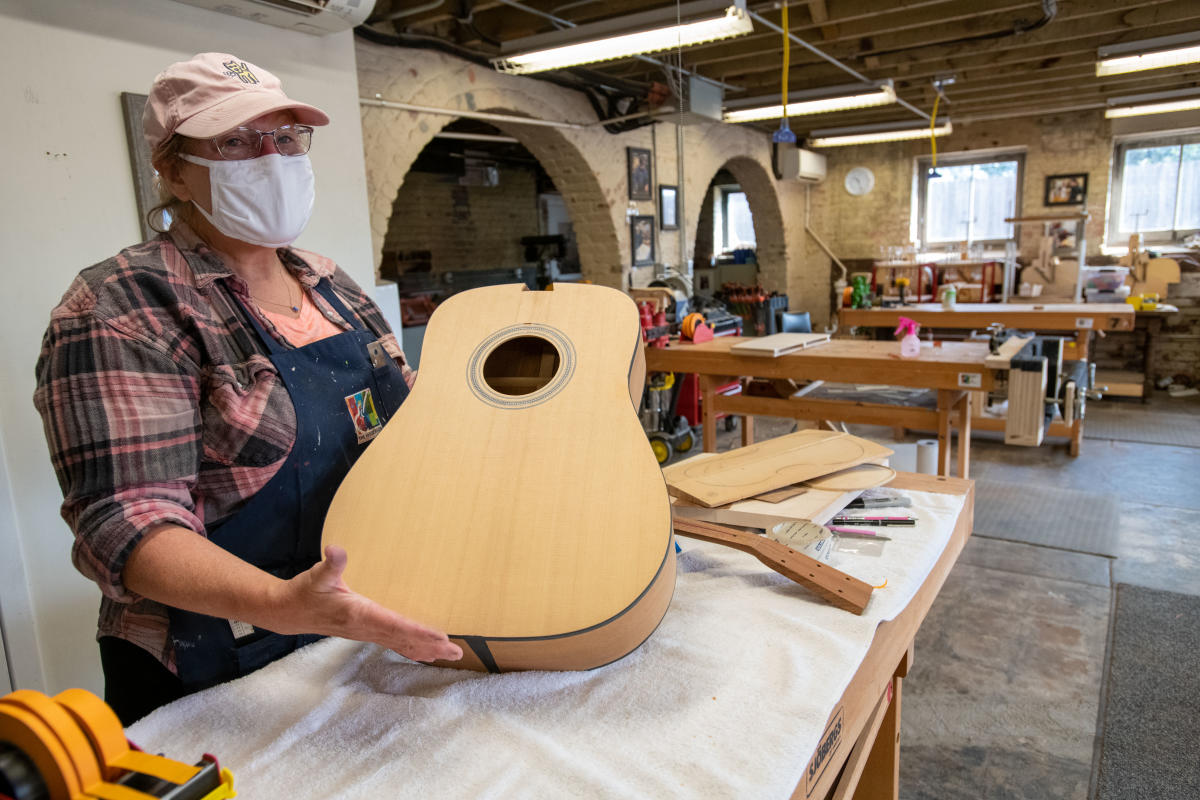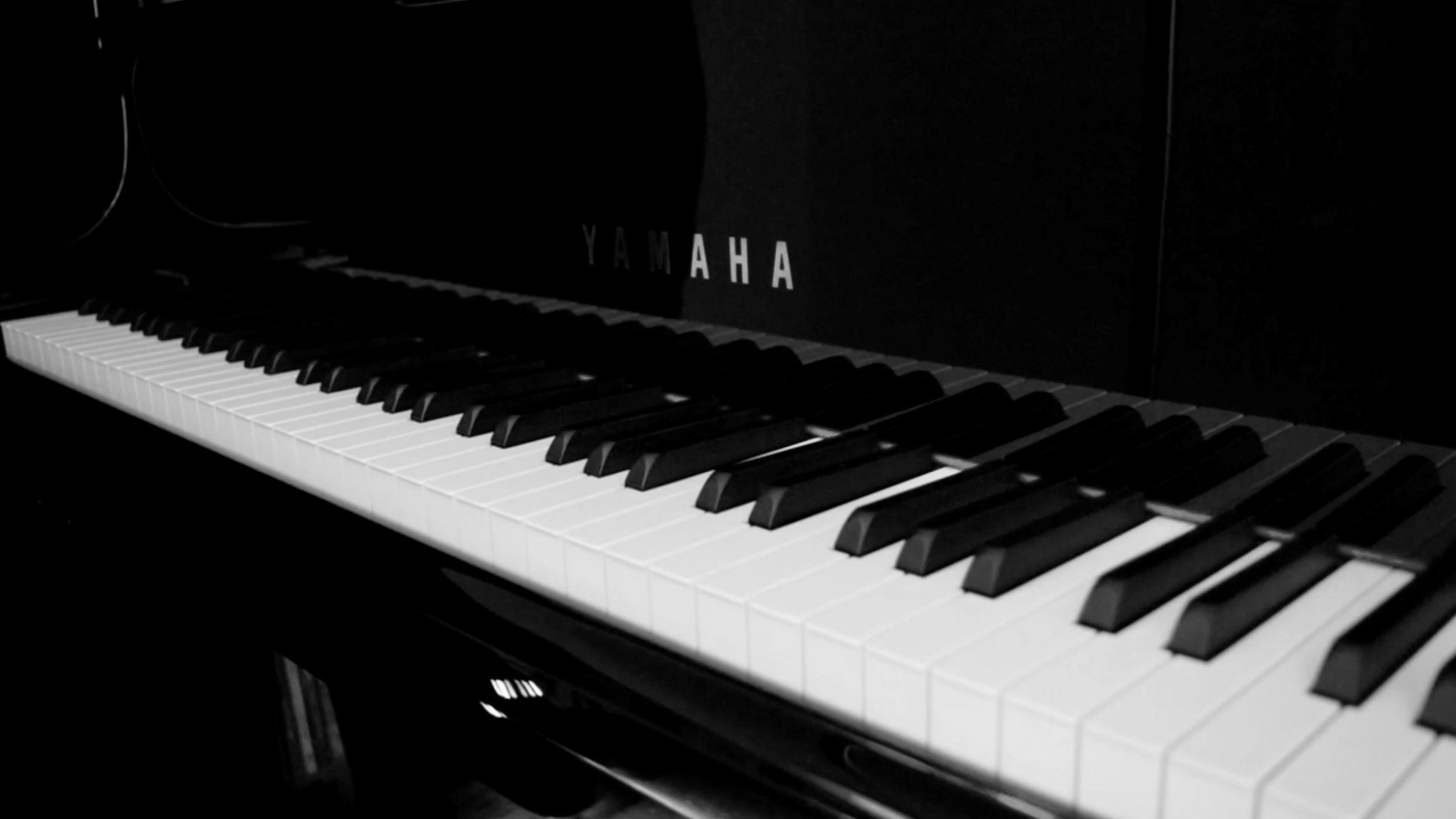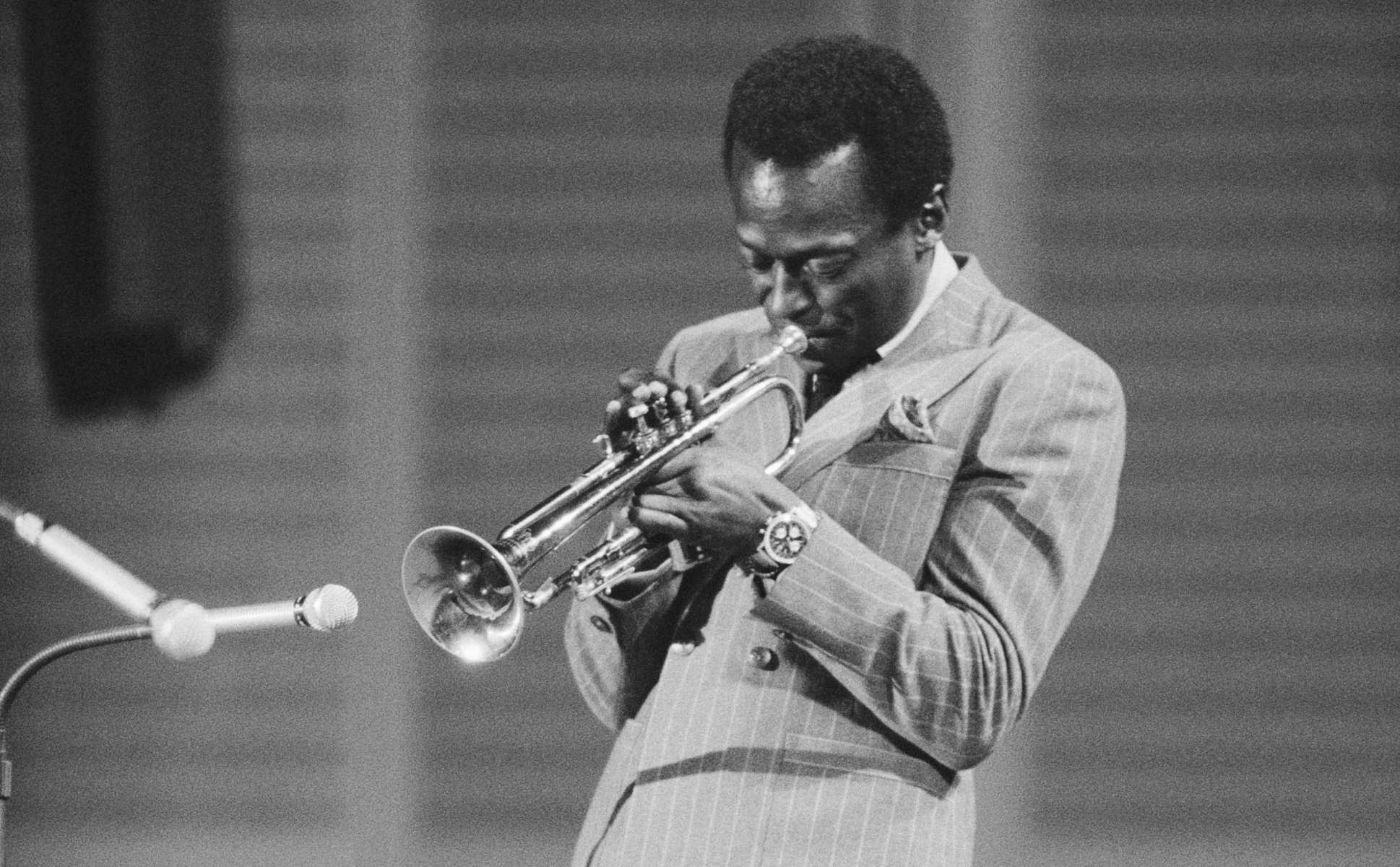Home>Instruments>Guitar>Where Is Middle C On A Guitar


Guitar
Where Is Middle C On A Guitar
Published: February 16, 2024
Learn where to find middle C on a guitar and master the fretboard with our expert guide. Discover the essential techniques for playing guitar in any key. Unlock your potential today!
(Many of the links in this article redirect to a specific reviewed product. Your purchase of these products through affiliate links helps to generate commission for AudioLover.com, at no extra cost. Learn more)
Table of Contents
Introduction
Understanding the concept of middle C on a guitar is essential for any guitarist, whether you are a beginner or an experienced player. Middle C is a fundamental aspect of music theory and plays a crucial role in understanding the layout of the guitar's fretboard. It serves as a reference point for identifying notes and chords, making it a cornerstone of musical comprehension.
In this comprehensive guide, we will delve into the significance of middle C in the context of guitar playing. We will explore its theoretical underpinnings, its practical implications for guitarists, and various methods for locating middle C on the guitar fretboard. By the end of this article, you will have a clear understanding of middle C and its relevance to your guitar playing journey.
Whether you are a curious enthusiast eager to expand your musical knowledge or a dedicated guitarist seeking to sharpen your skills, this exploration of middle C on the guitar will provide valuable insights and practical tips to elevate your playing experience. Let's embark on this enlightening journey to unravel the mysteries of middle C and its connection to the guitar fretboard.
Understanding Middle C
Before delving into the specifics of finding middle C on a guitar, it’s crucial to grasp the theoretical foundation of middle C within the realm of music theory. Middle C, also known as C4, is a significant landmark in the musical landscape. It is the C note located near the middle of a standard 88-key piano keyboard and serves as a point of reference for understanding musical pitch and notation.
On the guitar, middle C is no less significant. It represents a specific pitch that serves as a central point of orientation for identifying and understanding other notes on the instrument. In standard tuning, the middle C note on a guitar is typically located at the 1st fret of the B string. This positioning allows guitarists to utilize middle C as a foundational reference, aiding in the identification of other notes and the construction of chords and scales.
Furthermore, middle C holds a pivotal role in the context of musical harmony and composition. Its placement within the musical spectrum influences chord voicings, melodic patterns, and overall tonal structures. Understanding the significance of middle C empowers guitarists to navigate the fretboard with confidence, enabling them to create harmonious melodies and explore the rich tapestry of musical expression.
By comprehending the essence of middle C and its implications for guitar playing, musicians can elevate their musical fluency and unlock a deeper connection with their instrument. Whether you are embarking on your guitar journey or seeking to expand your theoretical knowledge, recognizing the importance of middle C is a transformative step toward musical mastery.
Finding Middle C on a Guitar
Locating middle C on the guitar fretboard is a fundamental skill that empowers guitarists to navigate the instrument with precision and confidence. In standard tuning, middle C is typically situated at the 1st fret of the B string. This positioning aligns with the traditional placement of notes on the musical staff, facilitating seamless integration between notation and practical playing.
To physically find middle C on the guitar, begin by identifying the B string, which is the second thinnest string on the instrument. Once you have located the B string, press down on the 1st fret, producing a clear and resonant note. This note is none other than middle C, serving as a pivotal reference point for orienting yourself on the fretboard and understanding the spatial arrangement of notes and intervals.
As you acquaint yourself with the location of middle C on the guitar, take note of its distinctive sound and tonal quality. Familiarizing yourself with the auditory characteristics of middle C enhances your ability to recognize and internalize its presence within musical compositions, enabling you to identify melodic motifs and chord progressions with ease.
Moreover, understanding the relationship between middle C and adjacent notes on the fretboard empowers you to extrapolate its position across different octaves and regions of the guitar. This proficiency enhances your musical versatility, allowing you to seamlessly transition between various registers and explore the expansive sonic landscape of the instrument.
By honing your ability to find middle C on the guitar, you lay a solid foundation for musical exploration and expression. This foundational note serves as a gateway to a deeper understanding of musical structures and empowers you to embark on a melodic journey filled with creativity and harmonic resonance.
Alternative Ways to Find Middle C on a Guitar
While the traditional method of locating middle C on the guitar involves identifying its position on the B string, there are alternative approaches that offer additional insights into the spatial and tonal dynamics of this fundamental note.
One alternative method involves visualizing the patterns of octaves on the guitar fretboard. By recognizing the recurring shapes and intervals that define octaves, guitarists can extrapolate the location of middle C across different strings and frets. For instance, on the 5th fret of the G string, an octave higher than the 1st fret of the B string, you will find another instance of middle C. This visual mapping of octaves fosters a holistic understanding of the guitar fretboard and enables players to navigate the instrument with greater fluency.
Another approach to finding middle C on the guitar involves leveraging ear training and auditory recognition. By familiarizing yourself with the sound of middle C and its distinctive resonance, you can develop the ability to identify this pivotal note by ear. This auditory proficiency enhances your musical acumen, allowing you to intuitively discern the presence of middle C within a musical passage or improvisational context.
Furthermore, exploring the concept of relative pitch can provide valuable insights into locating middle C on the guitar. By understanding the intervals and relationships between notes, guitarists can identify patterns that lead to the discovery of middle C in various positions on the fretboard. This nuanced understanding of relative pitch empowers musicians to transcend rote memorization and develop a deeper, intuitive connection with the instrument.
Embracing these alternative methods to find middle C on the guitar broadens your musical toolkit and cultivates a multi-faceted approach to fretboard navigation. By integrating visual, auditory, and theoretical techniques, you enrich your musical journey and deepen your understanding of the guitar’s sonic tapestry.
Conclusion
Embarking on the quest to understand middle C on the guitar unveils a rich tapestry of musical knowledge and practical insights that elevate your playing experience. By grasping the theoretical significance of middle C and its implications for fretboard navigation, you equip yourself with a foundational understanding that transcends technical proficiency and delves into the essence of musical expression.
As you familiarize yourself with the location of middle C on the guitar fretboard, you embark on a journey of sonic discovery and harmonic resonance. Whether you opt for the traditional method of identifying middle C on the B string or explore alternative approaches rooted in visual, auditory, and theoretical techniques, each path leads to a deeper connection with the instrument and a heightened sense of musical fluency.
Moreover, the ability to find middle C on the guitar serves as a gateway to unlocking the instrument’s vast potential for creativity and expression. It empowers you to weave melodic tapestries, construct harmonious chord progressions, and embark on improvisational explorations with confidence and precision.
By embracing the multifaceted nature of middle C and its role in guitar playing, you cultivate a holistic approach to musical mastery that transcends technical proficiency and delves into the heart of artistic expression. Whether you are a novice seeking to expand your musical horizons or a seasoned guitarist aiming to deepen your understanding, the journey to find middle C on the guitar is a transformative odyssey that enriches your musical journey and amplifies your creative voice.
As you continue to hone your skills and expand your musical repertoire, may the resonance of middle C on the guitar serve as a constant guide, illuminating your path and inspiring your musical endeavors with its timeless significance.

